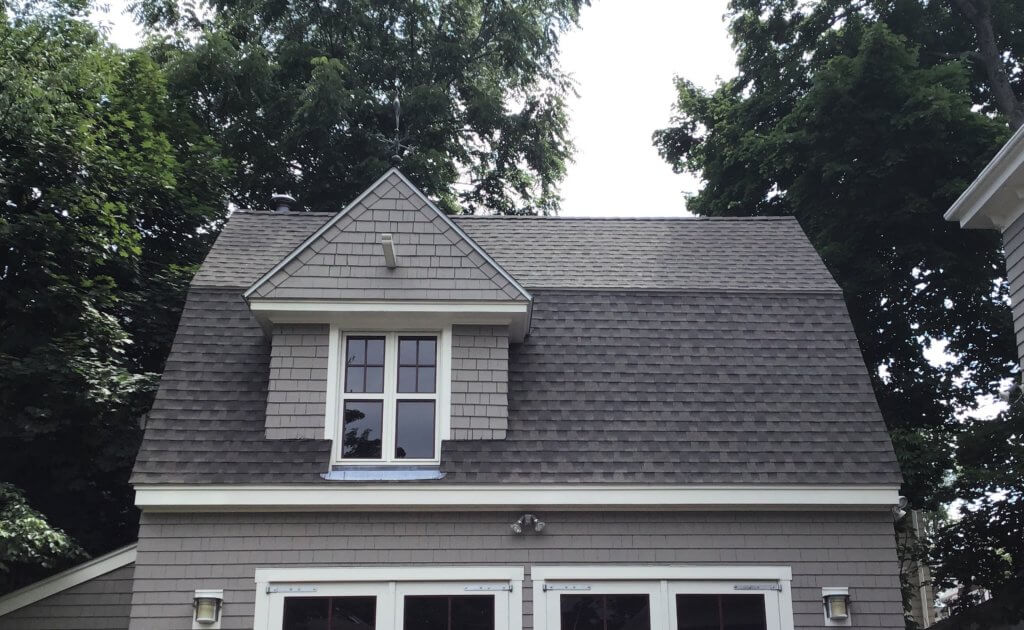To most homeowners, when picturing a roof, asphalt shingles come to mind even if they don’t know the name. But what is an asphalt roof? Asphalt roofs are the common choice of roofing throughout most of the country. Asphalt shingles are just as the name suggests, roofing shingles that utilize a layer of asphalt as the primary waterproofing agent. These not only help in shedding water, but also create an adequate level of protection in relation to their price. Traditionally, asphalt shingles and asphalt roofs are the most budget friendly option during a roof replacement. An asphalt roof lifespan depends on the upkeep but traditionally lasts 15-20 years on average. Together with a variety of other materials, these make up the bulk of protection on a home’s roofing system. If you’re reading this after asking what an asphalt roof is, there may be some questions you want answered.
What Exactly is an Asphalt Roof?
Asphalt shingles were originally created in the early 1900s as the predecessor to wooden shingles. Following a campaign to transition away from wood’s usage, asphalt shingles began to be widely accepted throughout the early century. Asphalt shingles have a base that is covered in a layer of asphalt which is then overlayed with a granule material. These granules come in a variety of materials, but aid in strength and ultimately prevent shingles from sticking to one another. Due to their low-cost production nature, asphalt roofs are the most common in North America. Asphalt roofs have come a long way in the last 100 years, with strength, durability, and wind resistance leading the charge. Homeowners are always pleased with the performance offered by asphalt roofs.
What Goes into This Style of Roofing?
While the shingles are often the only piece seen, there are many components that go into an asphalt roofing system. These base layers are comprised of underlayments that help with durability and are laid over the wooden roof deck. At vulnerable areas such as pipes and seams, flashing and boots are installed to prevent leaks. To round out the styling, fascia boards are installed on the edges of the asphalt roof. Finally, ridge caps and soffits are installed at the top and edges of the roof respectively. These aid in roof ventilation, which prevents mold in your attic, as well as ice dams in predominately colder climates that face snow.
How to Get the Most out of Your Asphalt Roof?
We cannot stress the importance of proper roof maintenance enough. While the lifespan of an asphalt roof is usually 15-20 years, it is highly influenced by proper care. Ensuring water can properly shed from a roof is the best step toward preventing roof moss. Also, overhanging trees can cause this as well due to the lack of sunshine. Trees and nearby structures can also shed debris, which will weaken and damage an asphalt roof. In the winter, proper snow removal ensures water dams will not form. Water dams wreak havoc on a roofing system by not only adding excess weight, but also pooled water.
During these times of cleaning, you will also be able to identify minor issues before they become larger. Small issues are much easier, quicker, and less expensive to repair. Replacing a broken shingle is much easier than combatting rot. When water enters a roofing system uncontrolled, mold and ultimately rot follow.
Ranch Roofing has been an expert in Boston area roofing since 1996. If you have questions as to what is an asphalt roof, we have the answers. Contact us today for a free estimate or just to ask a question. Our friendly and courteous sales team would be more than happy to walk you through a roof replacement or repair every step of the way.
